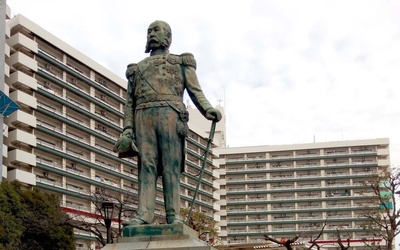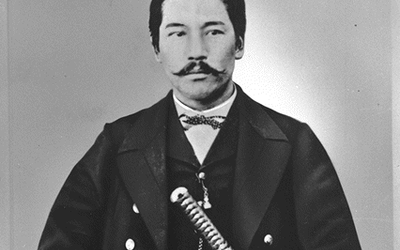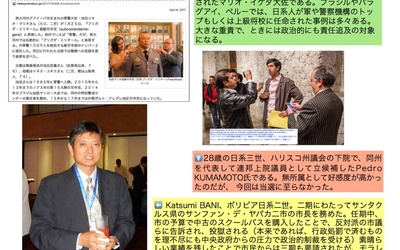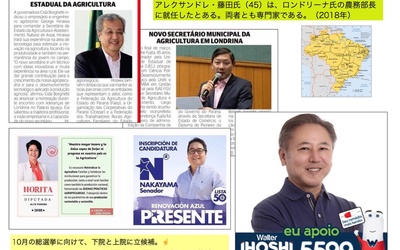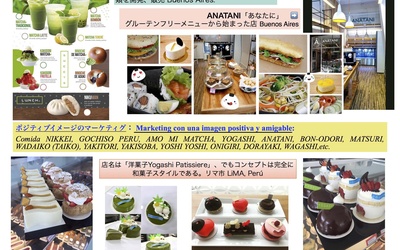The Nikkei of Latin America and Latino Nikkei
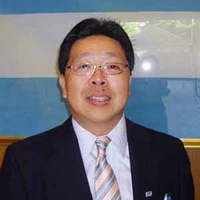
Lic. Alberto Matsumoto examines the many different aspects of the Nikkei in Japan, from migration politics regarding the labor market for immigrants to acculturation with Japanese language and customs by way of primary and higher education. He analyzes the internal experiences of Latino Nikkei in their country of origin, including their identity and personal, cultural, and social coexistence in the changing context of globalization.
Stories from this series
The Man Who Entrusted His Dream of Emigrating Overseas to the Mexican Enomoto Colonization Corps - Part 2
March 14, 2019 • Alberto J. Matsumoto
Read Part 1 >> Colonization to Chiapas, Mexico Even after leaving the Ministry of Foreign Affairs, Enomoto Takeaki continued to pursue his dream of overseas colonization. In 1893, he founded the Colonization Association and launched a project to send colonists overseas. They set their sights on Mexico, which had already concluded a Treaty of Amity and Commerce with Japan in 1888 and opened the first consulate in Latin America in 1891. At the time, Mexico was ruled by Porfirio Diaz, …
The Man Who Entrusted His Dream of Emigrating Overseas to the Mexican Enomoto Colonization Corps: Enomoto Takeaki - Part 1
March 13, 2019 • Alberto J. Matsumoto
Japanese overseas immigration, which began with the Meiji Restoration, marked 150 years in 2018 since the first group arrived in the Kingdom of Hawaii. Many Japanese people subsequently emigrated to the mainland United States and Central and South America. The first immigrants to Mexico were the Enomoto Colonization Group, which settled in Escuintla, Chiapas in 1897. This group was promoted by Enomoto Takeaki, former Minister of Foreign Affairs of the Meiji government. However, many of the immigrants fled the colony …
Political Activism of Japanese Americans in Latin America - Part 2
Nov. 29, 2018 • Alberto J. Matsumoto
Read Part 1 >> At the Society for Latin American Studies held at Aichi Prefectural University in June this year1, Yukako Nagamura, a member of the Graduate School of Sophia University, gave an interesting presentation on "Positioning and career strategies of Japanese politicians under the Brazilian military regime" 2 . According to her presentation, after the war, second and third generation Japanese politicians entered the political world one after another, promising to improve the status and advance in society of …
Political Activism of Japanese Americans in Latin America - Part 1
Nov. 28, 2018 • Alberto J. Matsumoto
In Latin America, dictatorships were once the rule of many countries, but over the past 30 years, democratization has progressed despite political instability. However, even in "democratic governments" established through elections, there are many countries where the activities of opposition parties are restricted and politicians are imprisoned or jailed, and political violence is still occurring. Perhaps for this reason, there has long been a strong sense of caution in the Japanese community regarding political activity by Japanese people of Latin …
Japanese "Food and Shops" in Roman alphabet
Nov. 16, 2018 • Alberto J. Matsumoto
Aside from "sushi," "tempura," "yakisoba," and "yakitori," which were already somewhat well known around the world before the Japanese food boom began, the words "onigiri" and "dorayaki" are now often seen written in the Roman alphabet. Not only are they used for Japanese food ingredients and menus, but recently they are also being used in store and company names to create a familiar and memorable impression. In recent years in South America, it has become common to see this kind …
The Japanese-Americans I met at university
May 23, 2018 • Alberto J. Matsumoto
"Japanese-descendant dekasegi" workers from South America began coming to Japan in the late 1980s, and after the Immigration Control Act was revised in 1990, they began entering in large numbers. At first, many Japanese-descendants came alone, but gradually they began to consider staying in Japan longer, and began to bring their families over or start homes here. As a result, the number of children attending Japanese schools has increased, and since around 2005, foreign support offices have been receiving more …

